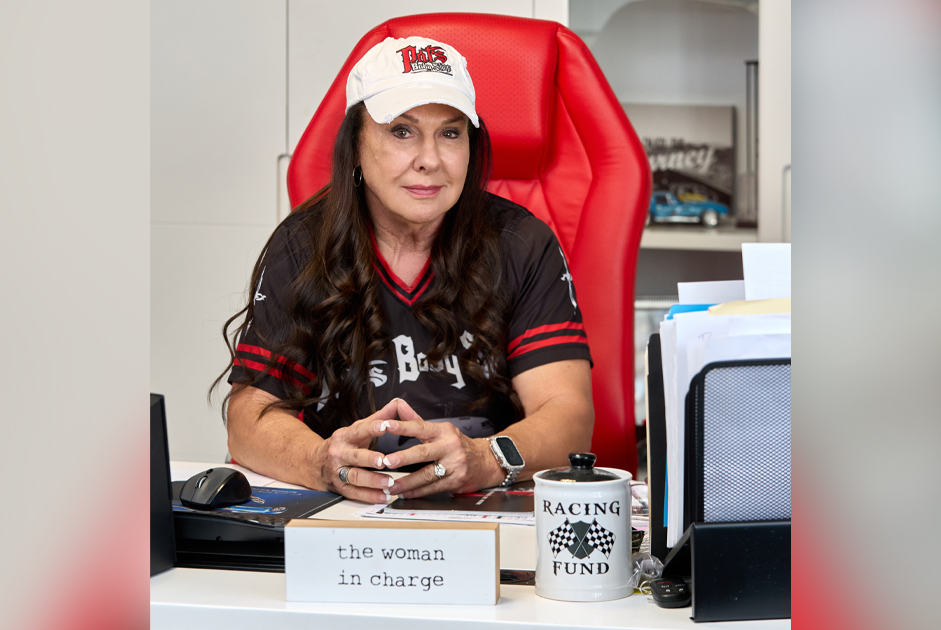BY MARK MATHOSIAN
Take a peek at your smartphone or tablet. If its surface has only a very few scratches after lots of use, then the glass was most likely forged in a plant owned by Corning located in Harrodsburg, Kentucky. The story of how Corning’s tough glass came to be on our cell phones can be traced back to a gentleman we all know so well, Mr. Steve Jobs. Below, a brief history about Corning’s super glass and how Mr. Jobs led the way for today’s smart device makers.
Corning is probably best known for its line of nearly indestructible white dishes and oven cookware introduced during the 1950s and ‘60s. Those familiar white, and sometimes stenciled, dishes were made from a product called CorningWare. CorningWare is a ceramic glass hybrid that evolved into the scratch resistant glass used on the first Apple iPhones.
According to book author Brian Merchant (The One Device, The Secret History of the iPhone), in the early 1950s a Corning inventor and chemist named Don Stookey was experimenting with photosensitive glass in a Corning lab in upstate New York. Stookey put some samples of lithium silicate in a furnace and turned up the heat to 600 degrees Celsius, about the same temperature as a pizza oven. However, as fate would have it, a faulty heat controller allowed the temperature to rise to over 900 degrees Celsius, a temperature that turns many things liquid. Thinking his experiment was ruined, he was surprised to find that the silicate was transformed into an “off-colored white-colored plate.” When he pulled it from the furnace it fell to the floor and, to Stookey’s surprise, the plate didn’t break, it bounced. This overcooked silicate concoction evolved into the first synthetic glass ceramic which Corning named Pyroceram.
Because of its strength and lightweight characteristics, Pyroceram was hawked to the U.S. military and subsequently used in missile nose cones. However, its real commercial success came when it was tweaked through experimentation and combined with an emerging consumer kitchen appliance, the microwave oven. Soon, the now familiar CorningWare line of serving dishes became must-have accessories for homemakers with microwaves. With more scientific breakthroughs and experimentation, a new super strong, shatter resistant and scratch resistant glass evolved into a product Corning called Chemcor. Chemcor glass was stronger than ordinary glass and, possibly more significant, was transparent. You could see through it just like regular glass. Unfortunately, although Corning excitedly promoted the new glass (i.e., for telephone booths, car windshields, and jail windows, etc.) it simply didn’t catch on, and its promotion was shelved. It wasn’t until 2006 that it truly found a calling. Enter Steve Jobs.
By 2006 Mr. Jobs was already back at Apple Computer making magic when he redesigned iMac desktop computers and laptops, and introduced music iPods to the world. Always searching for new and better materials to put in Apple merchandise, Jobs now turned his attention to the kind of glass used by Apple. In particular, he was searching for strong glass to incorporate into a new product being introduced, the iPhone. At first, Mr. Jobs was going to use plastic for iPhones, like iPods. However, true to form, he now wanted something better, stronger and more elegant. He also required the glass be as scratch resistant as possible. Although he looked towards Asia for such a glass, a business associate suggested he speak with Wendell Weeks, CEO of Corning, before making his decision. By then Corning had developed a strong, scratch resistant glass for cell phones marketed under the moniker Gorilla Glass.
Jobs told CEO Weeks what he wanted and Weeks convinced Jobs that Gorilla Glass was the ticket. A deal was struck. Jobs told Weeks he would order as much glass as Corning could manufacture and gave him a very short window of time in which to ramp up production. Although no Corning factories were manufacturing Gorilla Glass at that time, Weeks accepted the challenge and later recalled, “We did it in under six months.” The first Apple iPhones were shipped in June 2007.
Today we take Gorilla Glass and similar scratch resistant glass for granted. We assume our touch-screen goodies are scratch and shatter resistant. However, we should never forget, and be forever grateful, that it was Corning, an iconic American glass company, and Steve Jobs from Apple Computer, that introduced us to the new wonder glass on our hand held devices.


















